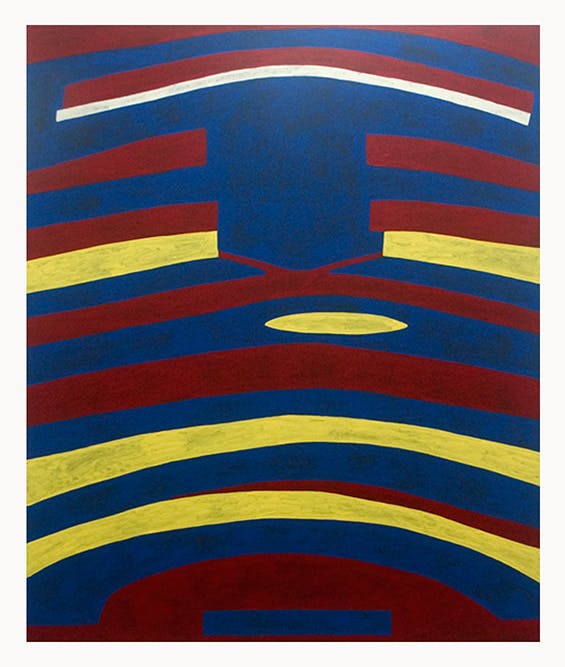the prominent role he played in mission impossible: smashing the racist complexion of the Australian contemporary art scene, which before 1990 had been an exclusively white zone . . . Gordon didn’t just play a leading role in breaking an embargo two centuries in the making, he also scaled the very heights of the artworld, receiving a level of critical recognition rarely achieved by any artist.
No artist so acutely and forcefully inserted Aboriginal history into our consciousness . . . This feat had little to do with his Aboriginality, which is why he consistently played it down . . . He saw himself as a postcolonial not an Aboriginal artist, and abhorred the backhanded racism implied in the claim that his Aboriginality, rather than his vision and sensibility, lent his work its authority . . . There was nothing specifically Aboriginal or even Australian about his art: rather Gordon addressed the universal existential condition of humanity through the frame of an interconnected world.
The difficulty in believing that Gordon is no longer with us in person is not just that his paintings are still so alive, but that we feel in them the movement of his thought. Those who knew Gordon personally understood that there was much more to him than his art, but at the same time it was impossible to separate him from his art. A man of few words despite his lucid pen, a man who shunned the limelight and invitations to speak, he wanted to give all the space to his paintings as if they were his life.
